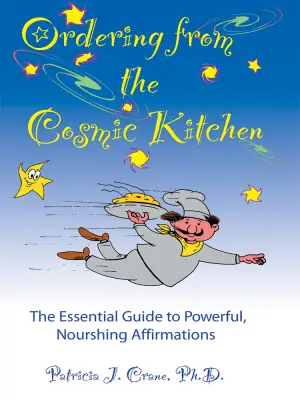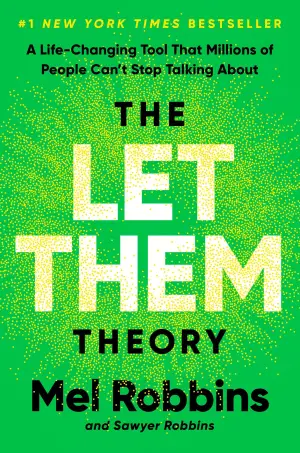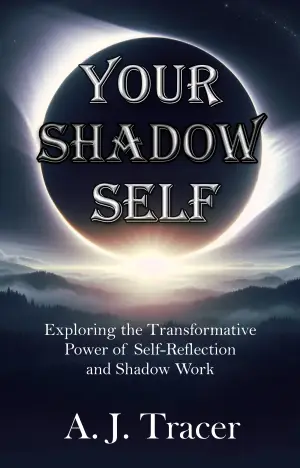Middle of the Night: A Thrilling But Confusing Journey
I dove into Middle of the Night, the latest thriller from Riley Sager, with a curious heart and an eager mind. Known for his knack for heart-pounding suspense and twisty plots, I found myself skeptical but excited to explore this new offering, especially since Sager has decided to embrace a queer relationship under his pen name for the first time. And as a queer reader, that aspect intrigued me—what would it look like within his typical thrilling framework?
The novel unfolds through the lens of Ethan, a man grappling with the haunting memories of his childhood, particularly the mysterious disappearance of his friend, Billy. Sager artfully sets the stage for a psychologically charged encounter where themes of grief, guilt, and family toxicities run thick. The atmosphere, as is characteristic of Sager’s work, is compelling; the cover alone is a testament to the aesthetic mastery he often displays.
However, while I appreciated the eerie sensation evoked through the storytelling, I found myself wrestling with the convoluted nature of many plot points. The multi-POV approach, which could have added depth, often felt jarring rather than enriching. It was like an overstuffed suitcase that you keep trying to zip up but can’t quite get there. Each character’s perspective sometimes veered off-course, leading to moments of confusion about who was saying what—a challenge for both my attention and my patience.
One of the most poignant, albeit repetitive, motifs was Ethan’s internal struggle. His insomnia, a consequence of the trauma he endured, echoed throughout the narrative. "The middle of the night" was mentioned persistently, and while I recognize the significance, it bordered on wearying by the tenth occurrence. Additionally, some character dialogues struck me as forced, particularly regarding the children, whose vocabulary felt less like childhood innocence and more like they had just graduated from a philosophy seminar.
Yet, there were glimmers of brilliance in the book. Sager’s vivid descriptions crafted a hauntingly beautiful atmosphere; I could almost feel the darkness of the woods and the chilling whispers of the past. The emotional moments, such as Ethan’s complicated relationship with his family, resonated powerfully with my own experiences of navigating familial dynamics. It reminded me that within the chaos, hope can sometimes unexpectedly blossom.
By the time I reached the climax, I found myself both frustrated and intrigued. The revelation surrounding Billy’s fate swung wildly into melodrama, painted with underwhelming strokes that failed to deliver the punch I anticipated. And don’t even get me started on the ending that attempted to tie everything together like a poorly executed magic trick—not quite the grand reveal I’d hoped for.
Despite my mixed feelings, I believe this book may still find a home with readers who revel in thrillers laden with familial complexities and childhood mysteries. Middle of the Night is undoubtedly not the most cohesive offering from Sager, nor does it surpass the emotional highs of his previous works, but it certainly highlights his evolving narrative style.
In conclusion, if you’re keen on stories that blend dark atmospheres with themes of grief, anxiety, and the nuances of human relationships—even with some shaky plot mechanics—you might find something captivating in Middle of the Night. For me, it was an experience of maddening frustration, but perhaps that’s what makes the journey of reading so eternally fascinating: the vast spectrum of emotions it elicits.














